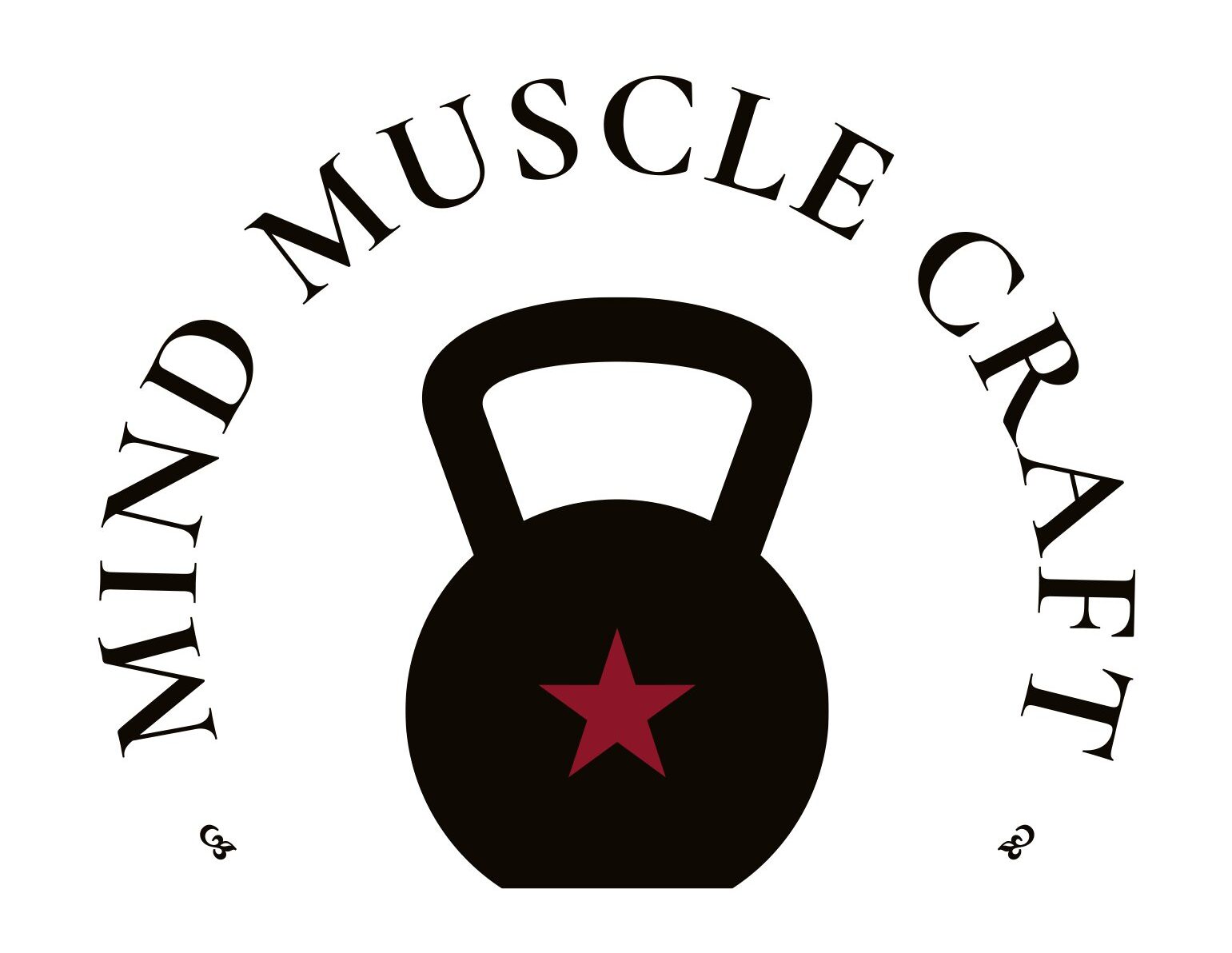One advanced hypertrophy technique that is sometimes overlooked or forgotten is the “Eccentric Overload” method. Eccentric training focuses on the lowering phase of an exercise, where the muscle lengthens under tension. This phase is often referred to as the “negative” portion of the movement
Eccentric Overload for Hypertrophy:
- Slow Eccentric Reps: Emphasize the eccentric phase by slowing down the descent of the weight. For example, if you’re doing bicep curls, take 3-4 seconds to lower the weight back down. This extended time under tension increases muscle damage and stimulates hypertrophy.
- Supramaximal Eccentrics: This technique involves using a load that is greater than your concentric (lifting) capacity and then lowering it slowly. For example, with the help of a spotter, you can lift a heavier weight than you can handle concentrically, and then slowly lower it on your own. This places a significant overload on the muscle during the eccentric phase.
- Accentuated Eccentrics: Focus on eccentric-only sets where you lift the weight concentrically with both limbs but lower it with only one. For instance, during a bench press, press the barbell up with both arms but lower it with only one arm.
- Isometric Pauses in Eccentric Phase: Integrate isometric pauses during the eccentric phase. Lower the weight for a certain duration and hold it at specific points before completing the full range of motion. This technique increases time under tension and recruits muscle fibers more effectively.
Tips for Implementing Eccentric Overload:
- Progress Gradually: Start with a moderate load and gradually increase the weight as you adapt to the demands of the eccentric overload. This helps prevent excessive muscle soreness and reduces the risk of injury.
- Controlled Movements: Maintain control throughout the eccentric phase to ensure safety and effectiveness. Avoid letting the weight drop quickly.
- Include Eccentric Training in Your Routine: Integrate eccentric overload techniques into your existing workout routine. This could involve incorporating them into specific exercises or dedicating specific training sessions to eccentric-focused workouts.
- Focus on Key Movements: Choose compound movements where eccentric overload can be effectively applied, such as squats, deadlifts, bench presses, and pull-ups.
Eccentric overload can be a powerful tool for stimulating muscle growth, but it’s essential to use it judiciously and incorporate it into a well-rounded training program. Additionally, consulting with a fitness professional or trainer can provide personalized guidance based on your fitness level and goals.
Example: Eccentric-Overloaded Barbell Squats with Spotter Assistance
To apply the eccentric overload method with barbell squats, involving a trained spotter is highly recommended, particularly for supramaximal eccentrics. Here’s how:
- Setup: Load the barbell with a weight that is slightly above your usual squatting capacity.
- Spotter Assistance: Have a trained spotter assist you during the lifting phase if the weight is supramaximal. Ensure clear communication with the spotter to coordinate the lift and descent.
- Execution: Lower your body into the squat position slowly, taking 4-5 seconds to descend. The spotter is there to provide support and assistance if needed.
- Pause: Hold the bottom position of the squat for an additional 2-3 seconds, emphasizing the isometric component of the eccentric phase.
- Ascent: Explosively push through your heels to return to the starting position, with the spotter ready to assist if required.
A trained spotter plays a critical role in ensuring safety and effective execution, especially when dealing with challenging loads or novel training techniques. Clear communication and trust between the lifter and spotter are paramount for a successful eccentric-overloaded squat.
Tips for Spotter Assistance:
- Communication: Establish clear communication signals with your spotter, such as verbal cues or hand signals, to indicate when assistance is needed.
- Experience: Work with a spotter who has experience and understands the specifics of eccentric-overloaded training.
- Safety First: Prioritize safety over ego. The spotter’s role is to assist, ensuring the lifter can safely complete the exercise.
- Gradual Progression: Gradually increase the weight with the guidance of your spotter as your strength and proficiency in the movement improve.
By incorporating a trained spotter into your eccentric-overloaded training sessions, you enhance safety, boost confidence, and maximize the effectiveness of your hypertrophy-focused workouts.

